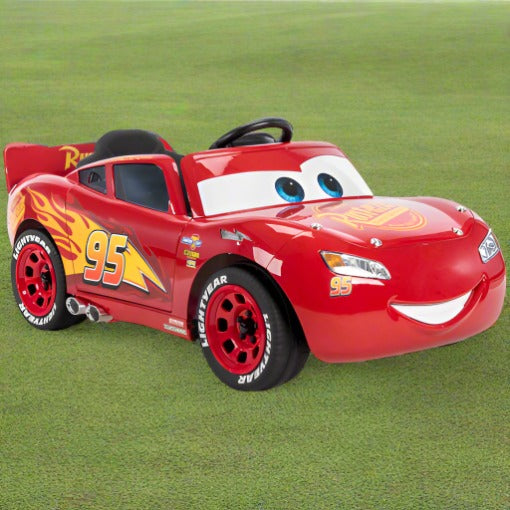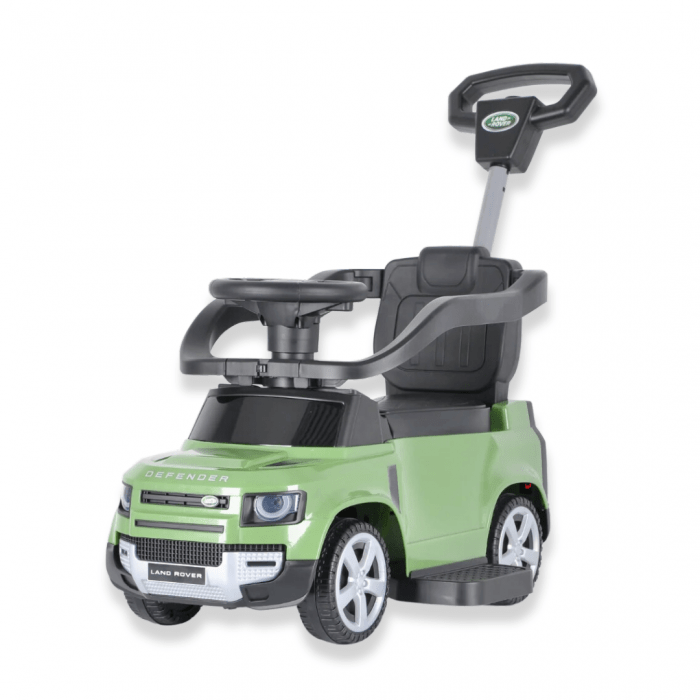Great Facts On Deciding On Kids Ride On Cars
Great Facts On Deciding On Kids Ride On Cars
Blog Article
What Are The Top Ride-On Cars For Older Children And Toddlers?
To ensure the safety, suitability, and enjoyment of your child's ride-on vehicle it is important to consider their age, height and development stage. These factors should be considered:
Younger Toddlers (1 to 3 years old): Look for ride-on vehicles specially designed for this age group. These vehicles are usually very low to the ground, are easy to operate and have simple features such as steering wheels and buttons, or levers. Select cars that ride on large bases for greater stability.
Children who are older than 3 years As they get older children, they are able to manage ride-ons that have more advanced functions and control. Look for cars that have adjustable seats and weight capacities that are higher and more interactive features such as working lights music and sounds. You should look for ride-ons that allow you to adjust the speed setting or parental controls to ensure safety and be able to accommodate various levels of ability.
Size -
If you are considering a ride-on automobile take into consideration the weight and height of your child. Pick a car that has an adjustable height of the seat and a capacity to accommodate your child's weight. Avoid large or small cars, which may be unsafe or uncomfortable to drive.
Comfort and Legroom - Make sure the ride-on vehicle has plenty of legroom so that your child can sit in to sit comfortably. Seating area dimensions should match the child's height and weight.
The Developmental Stage
Motor Skills - When deciding on a ride-on vehicle take into consideration your child's coordination and motor abilities. Younger toddlers may need simpler features and controls and navigate, while older children are able to manage more complicated controls and features that are interactive.
Independence and Confidence Ride-on vehicles can develop confidence and independence for children as they develop the ability to control and navigate their own vehicle. Select a car that will enable your child to learn to steer, accelerate and brake independently. This will help build their motor skills and confidence over time.
When selecting a ride-on car, consider your child's preferences and interests. Pick a car with themes, colors or features appealing to your child whether it's a classic truck, sports car or themed car with a character.
By taking into consideration your child's age as well as their height and developmental stage, you'll be able to select a safe, comfortable ride that your child can enjoy and take lessons from. View the recommended JCB ride on toys for blog examples including digger ride, car for toy, toy with car, kidscars, childs car toy, ride on digger, electric ride along car, toy a car, electric rideons, lambo toy car and more. . 
What Are The Maintenance And Assembly Requirements For Kids' Ride-On Vehicles?
Kid's ride-on cars typically require some assembly and ongoing maintenance to ensure optimal performance security, longevity, and safety. These are a few of the most commonly used needs for assembly and maintenance of a children's rides-on vehicles.
Most ride-on vehicles arrive partially assembled, and may require assembly. Attaching the various components like wheels, steering wheels and seats, in accordance with the instructions of the manufacturer is typical.
Follow the assembly guidelines closely to ensure that all components are correctly aligned and securely attached. Following the instructions, complete the assembly using the equipment and tools provided.
Cleaning -
The ride-on cars should be maintained regularly to ensure that they appear good and perform correctly. Make use of a soft cloth or sponge dampened with moderate soap and water to wash down the exterior surfaces, getting rid of dust, dirt and dust.
Pay attention to the areas that are susceptible for accumulation such as the tires, wheels and undercarriage. Use a brush or toothbrush to clean hard-to-reach places and get rid of stubborn dirt.
Do not use harsh cleaners or water jets that are high-pressure, which can damage the electronic and paint components on car.
Battery Care -
To ensure performance and prolong the life of your ride-on battery, it is crucial to take good treatment of the battery. Follow these guidelines for maintaining your battery for proper care of your battery
The battery must be fully charged prior to the first time use and again after each use to ensure the longest runtime possible.
Avoid overcharging or leaving the battery connected to the charger for long durations, since this could harm the battery and shorten its life span.
The battery in the car that is ride-on is best stored in a cool and dry space when not in use in direct sunlight or extreme temperatures.
The battery terminals must be checked regularly for damage and corrosion. They can also be cleaned with a wire bristle or terminal cleaner, if required.
Replace the battery when it stops holding any charge or displays indications of deterioration or damage.
Tire Maintenance -
Be sure to check the tires on a regular basis for signs of damage, wear or loss of air pressure. As needed, make use of a bicycle air pump or air compressor to blow up tires at the recommended pressure.
Examine the tread pattern of your tires to identify obstructions and foreign matter that can cause flats or punctures. Removing obstructions, and replacing damaged tires or repairing them as needed.
Lubricate the wheel and axle bearings regularly to ensure a smooth and efficient rotation. reduce friction.
Periodic repairs or replacements
In spite of regular maintenance, some rides may require repairs or parts replacements from wear and wear and.
Check for indicators of degrade or malfunction for example, a weird sound or erratic behavior, or power loss. For troubleshooting or repair options look up the instructions of the manufacturer.
Replace damaged or worn-out components promptly to stop any further damage, and ensure the safety and efficiency of the ride-on automobile.
Follow these steps to maintain your child's ride-on vehicle and provide hours of fun and safe play time for them. See the top go here about McLaren kids car for more examples including two seater electric cars, electric rideons, toy toy cars, toy toy cars, car electric ride on, childs ride on car, toy and car, electric ride on cars, a toy car, toy in car and more. . 
What Is The Best Way To Choose A Budget For The Purchase Of A Ride-On Car For A Child?
Setting a budget for your child's vehicle purchase requires you to consider a variety of aspects like quality, durability and your financial circumstances. Find the best deal for your budget by doing some research on average prices.
Find out the cost average for the particular model of child's ride-on vehicle you are interested in. Prices for different models can be obtained from online retailers, toys stores as well as manufacturers' websites.
Select Must-Have Features -
Choose features that will ensure your child's comfort and safety. Price may be affected by the features you choose to include, like functioning headlights, realistic sound, parental remote control and seat belts.
Prioritize features according to your child's tastes and spending budget.
Think about durability and longevity
Find ride-on vehicles made with durable materials, such as premium plastics or metals which can withstand the rigors of daily usage and weather conditions.
Review reviews and ask for recommendations from other parents in order to assess the durability and long-term performance of various models. By investing more upfront in a ride-on that is solidly constructed, you will be able to avoid frequent repairs and replaces.
Compare prices between retailers
Compare prices at various retailers to find the most affordable price. Visit online retailers as well as local department and toy stores for discounts and bargain prices.
Check out sales, clearances or sales that can help you save on your purchases, without the quality.
Add the additional cost
Consider any additional costs associated with the purchase of the ride-on car for your child, such as shipping fees and taxes or other accessories (e.g., spare batteries, safety equipment).
Estimate the total cost of ownership, including maintenance and accessories to ensure you can manage them.
Create a realistic budget
Based on your research and financial situation, create an affordable budget that's in line with your needs and priorities. Choose the highest amount you're willing to pay for a car rider, while also considering longevity, durability and other options.
Be careful not to stretch your budget too thin, or overspending on unnecessary features that may not add any value to your child's experience.
Take into consideration the long-term impact
Assessing the long-term value of your kid's vehicles in terms of capacity to withstand the elements, its adaptability and capacity for your child to grow. In the end, investing in a feature-rich, high-quality car might be more beneficial than less expensive alternatives.
You can score the best price on a ride-on vehicle for your kid by setting a budget by looking at the features, durability, and endurance, and setting a budget. Prioritize features that are important to your child's safety as well as satisfaction while making sure you are mindful of your budget. Have a look at the most popular kids ride on cars kidscars.co.uk advice for blog info including kidscars, toy in car, childs electric ride on car, ride electric car, childrens ride on, electric rideons, a toy car, toy and car, ride a toy, riding digger and more. .